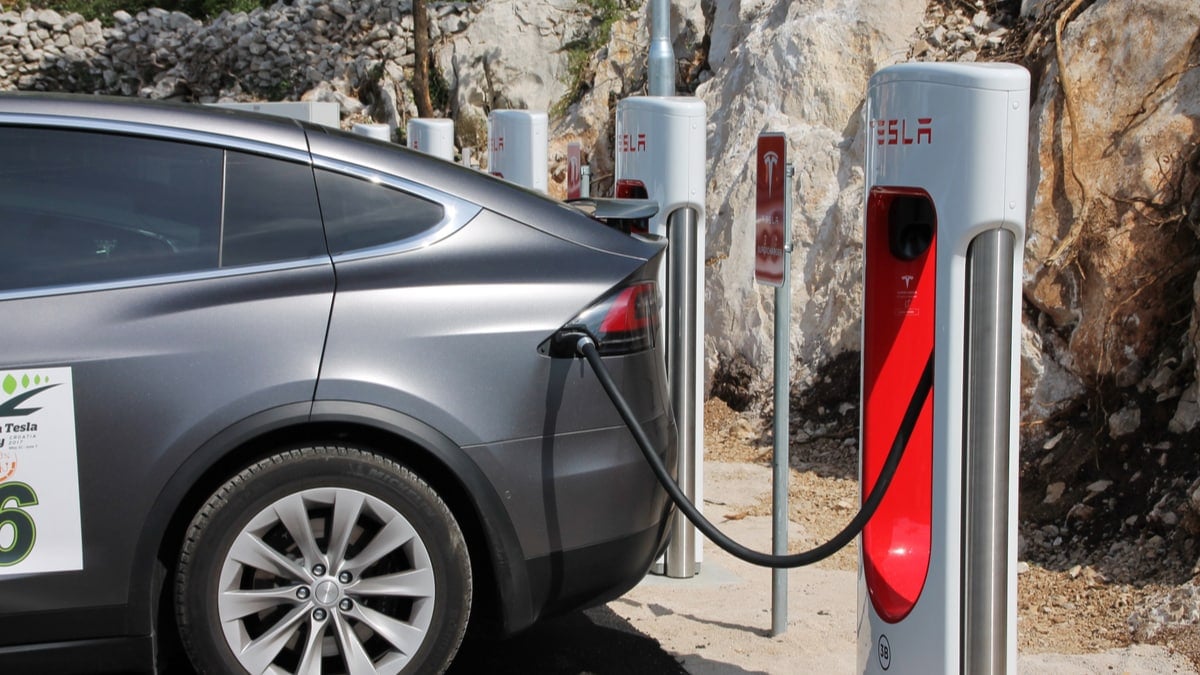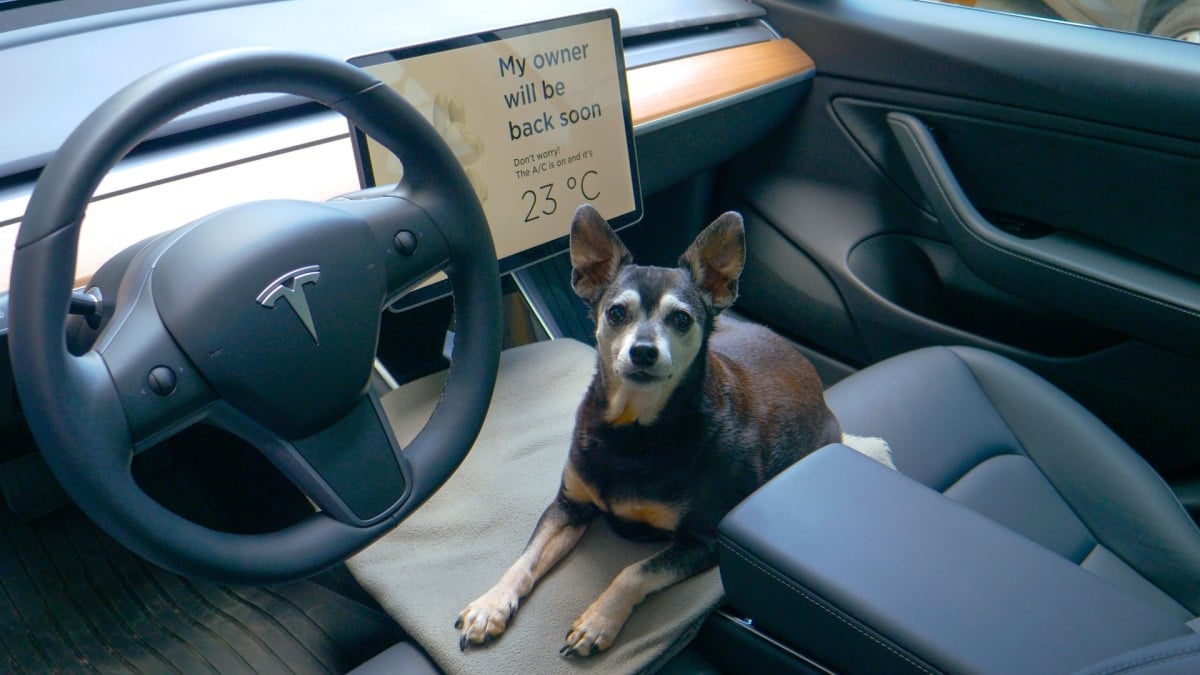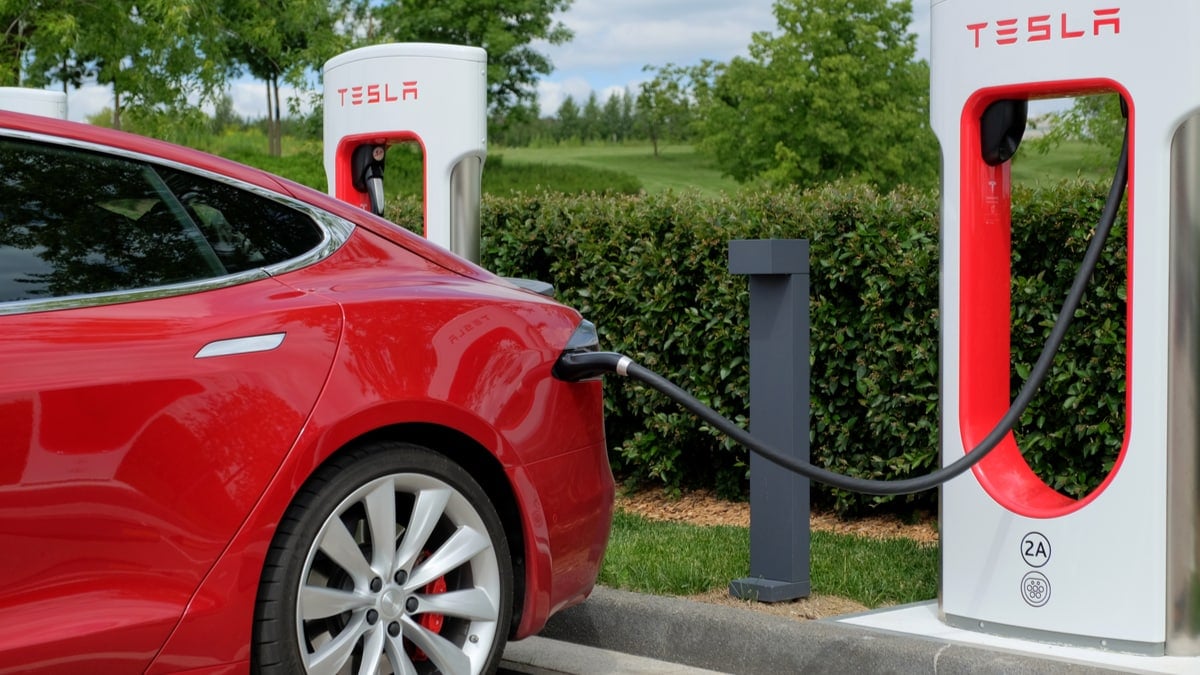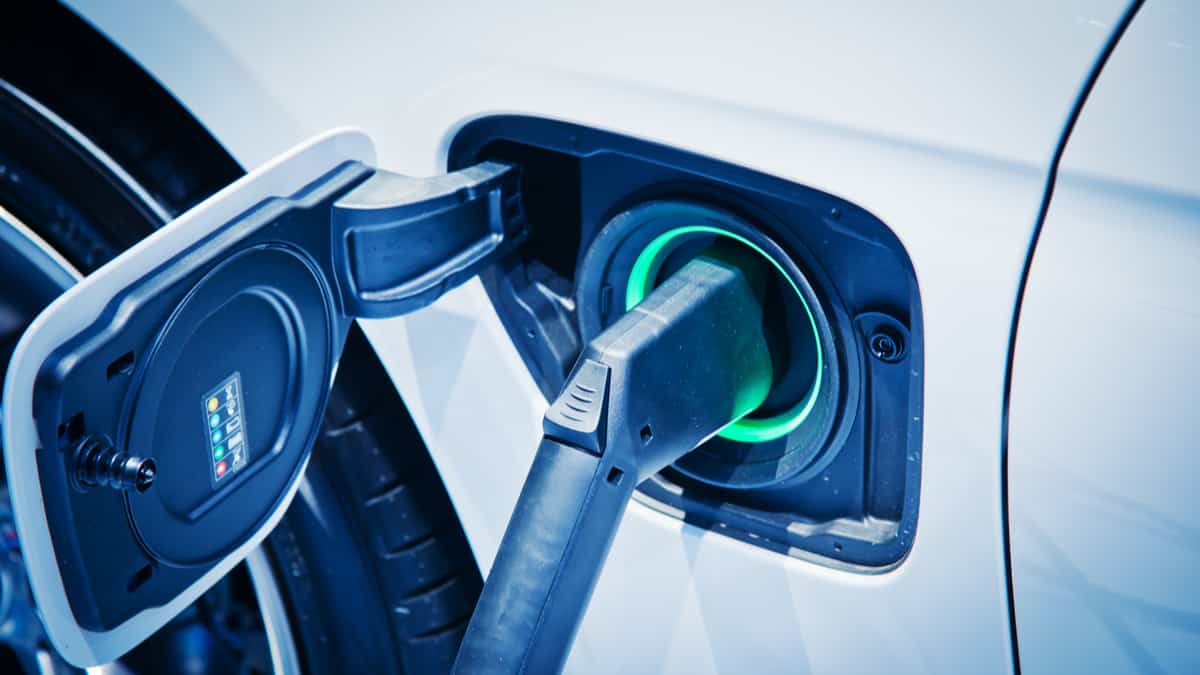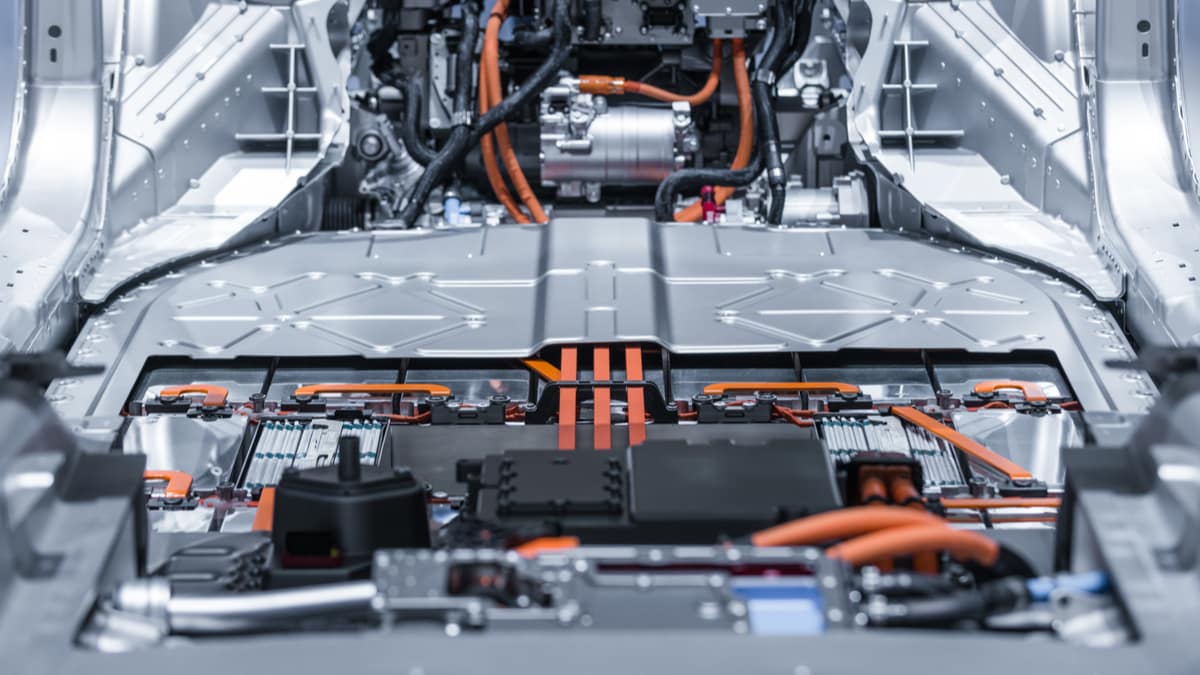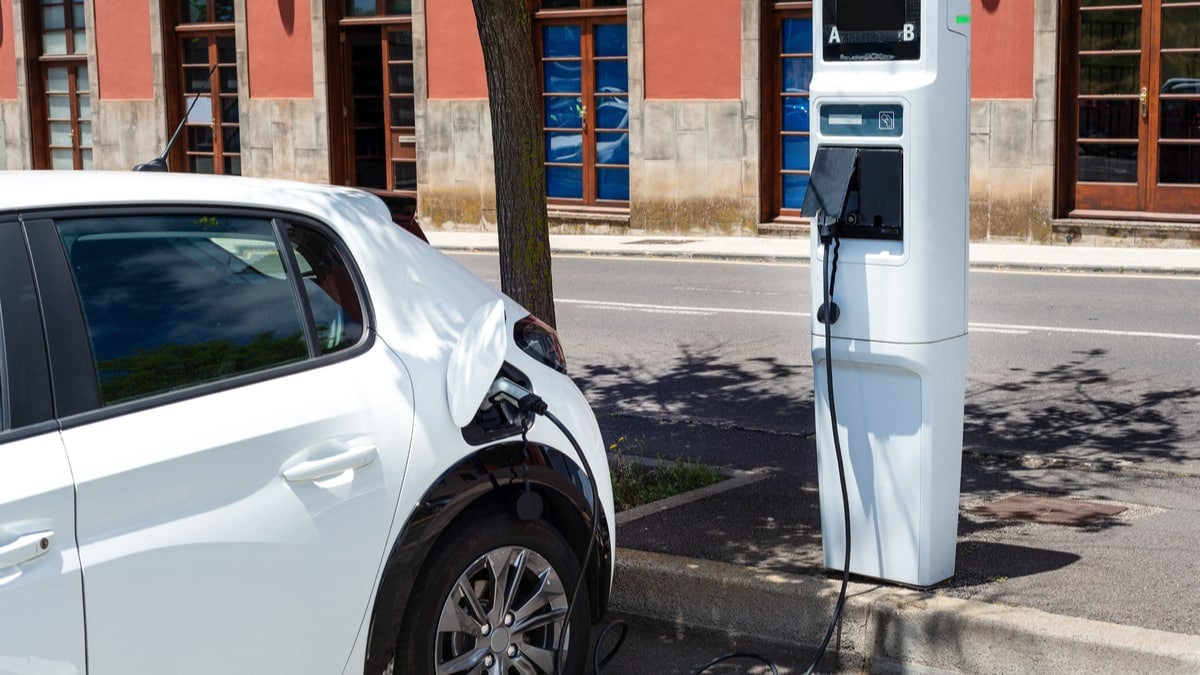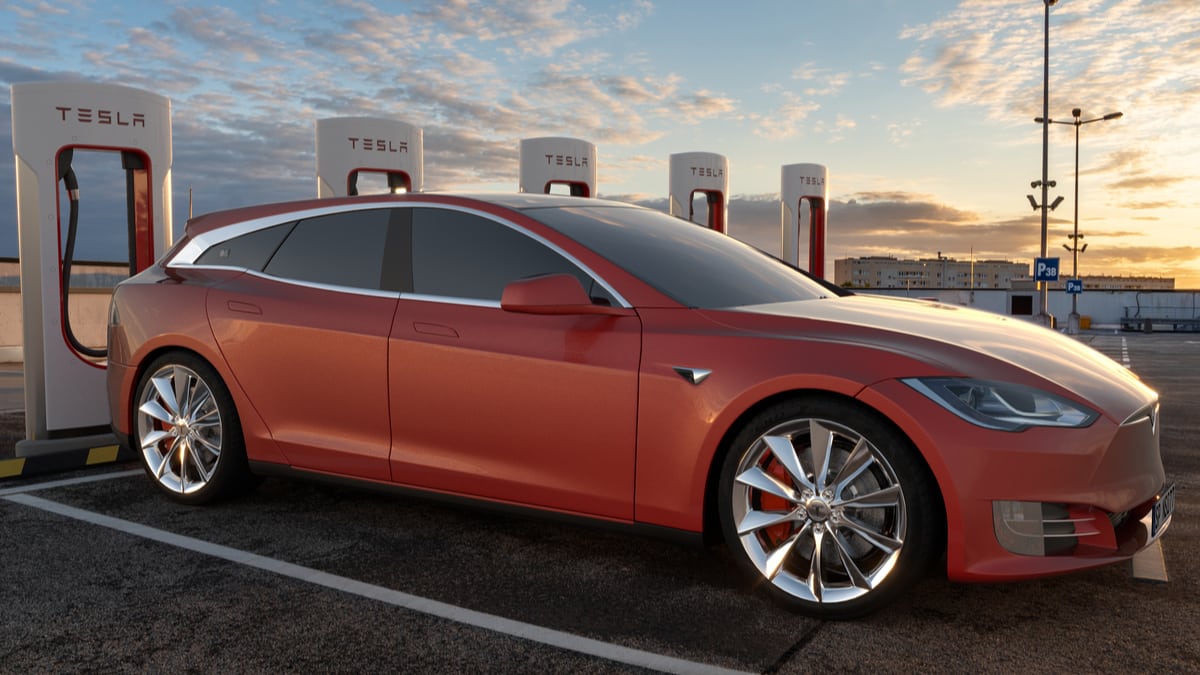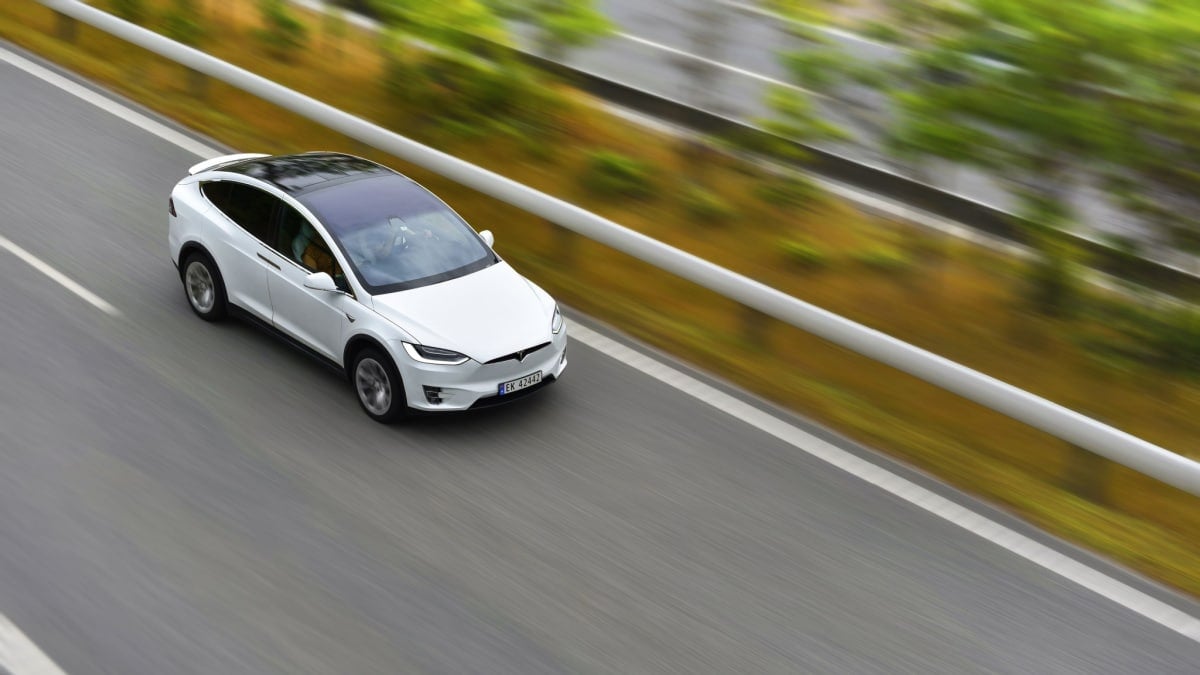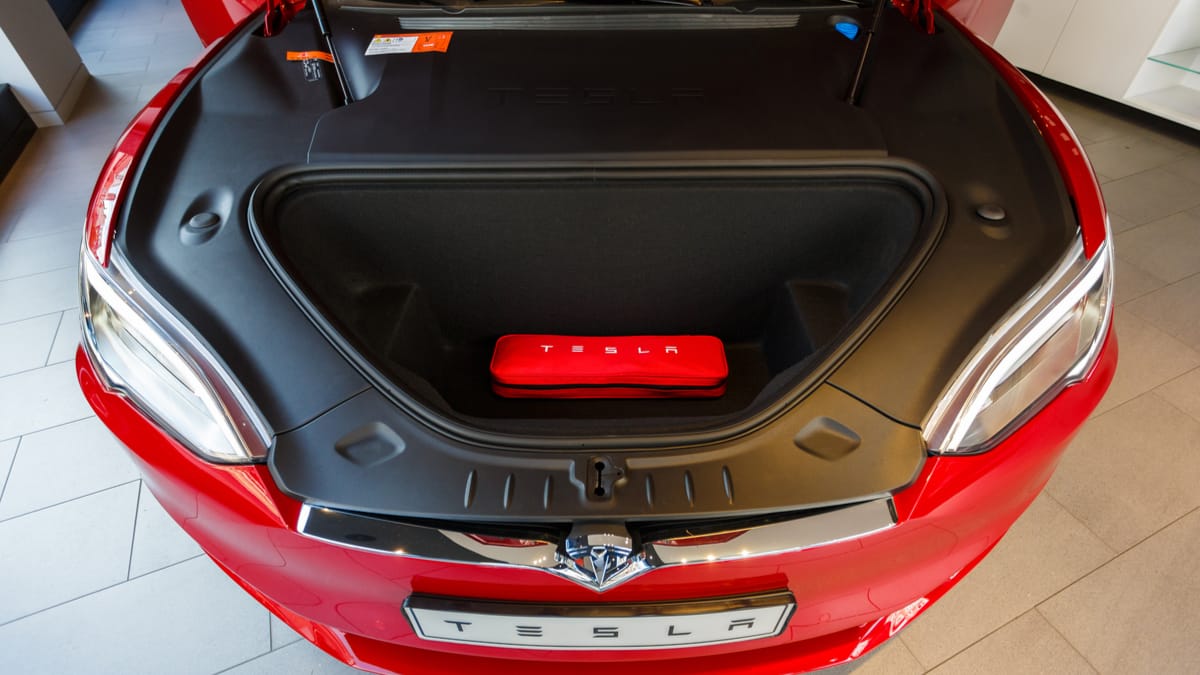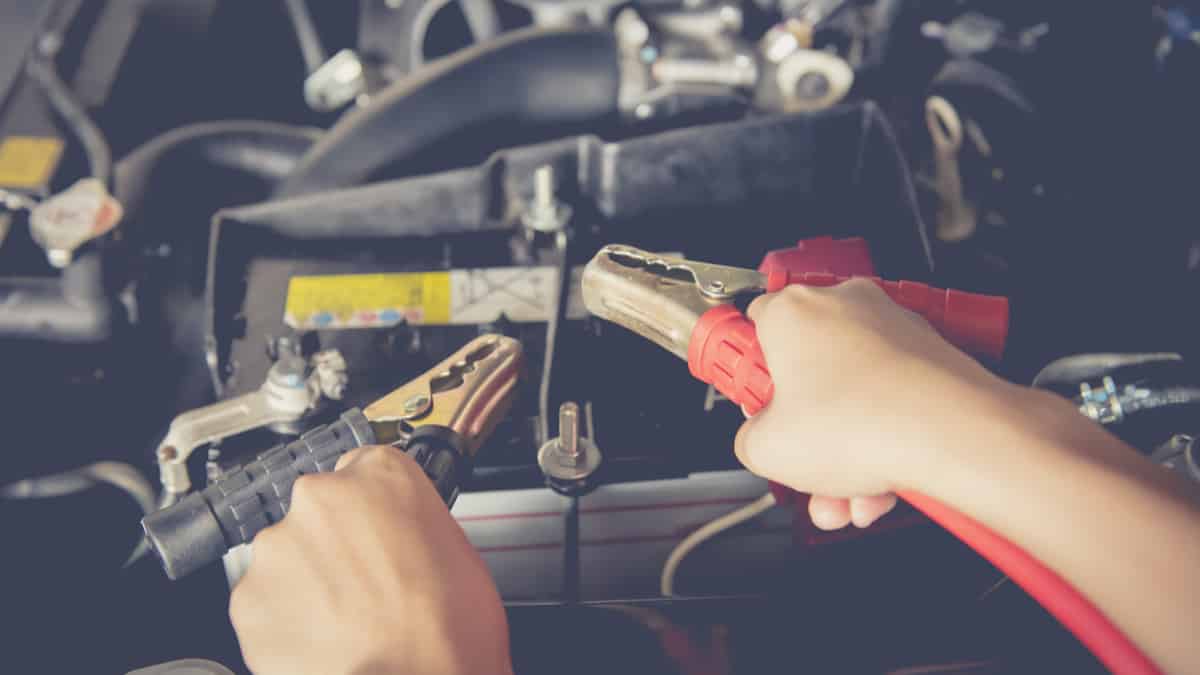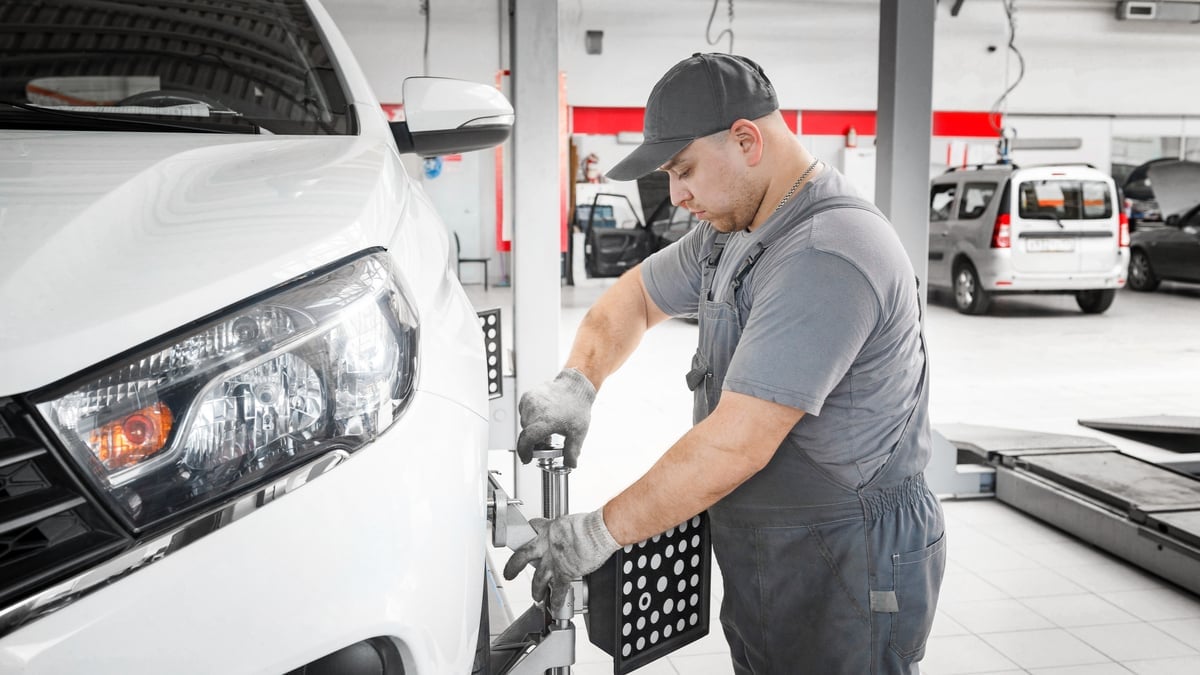Whether you are a new EV owner or you are curious about the Tesla lineup of vehicles, it’s wise to do some research into the charging times of each model. Zero-emission travel can be a huge blessing, but you want to be prepared for the time it takes to charge your vehicle. That’s why you should be asking yourself, “How long does it take to charge a Tesla?”
In this guide, I review the various ways you can charge a Tesla. I also evaluate the average times with each method, and help you determine when the Tesla has a full charge.
How Long Does it Take to Charge a Tesla?
It takes between 8 and 40 hours to charge a Tesla. However, there’s not a clear-cut answer to this question, because so many variables are at play. The charging method, power output, Tesla model, and battery capacity are all going to determine how long your vehicle needs to be plugged in.
However, I can give you an approximate charging time if you have a dead Tesla battery and need a full charge.
Here are the estimated Tesla charging times:
- Level 1 (120 V): 20 to 40 hours
- Level 2 (240 V): 8 to 12 hours
- Level 3 (480 V): 15 to 25 minutes
Obviously, if you own a Tesla, you want to plug in at the Supercharger. With that said, it isn’t recommended to use a Supercharger on a daily basis because of the massive direct current. Instead, they were designed to give a quick charge while you are on the road. Ideally, you would also plug your Tesla in overnight to your garage with a Level 2 AC connection.
Tesla Charging Methods
1. AC Charging (Level 1)
Level 1 charging is considered the universal option. To use this form of charging, you simply need a regular household outlet.
While 120V will get the job done, it can take a lot longer. In fact, charging with this method is going to take days, which isn’t always convenient.
2. AC Charging (Level 2)
The most common type of charger you find at the public stations is a Level 2. You can also equip your home with a 240V plug that provides 40 to 80 amps if you want to create the same level of capacity for when you arrive home at night.
This charger operates on the same level as a major appliance, such as a washer or dryer. This is the recommended home charging method from Tesla and isn’t difficult to have installed by a qualified electrician.
The charging speeds with Level 2 are far faster than with a Level 1. In fact, it should only take hours to receive a full charge.
3. DC Fast Charging (Tesla Supercharger)
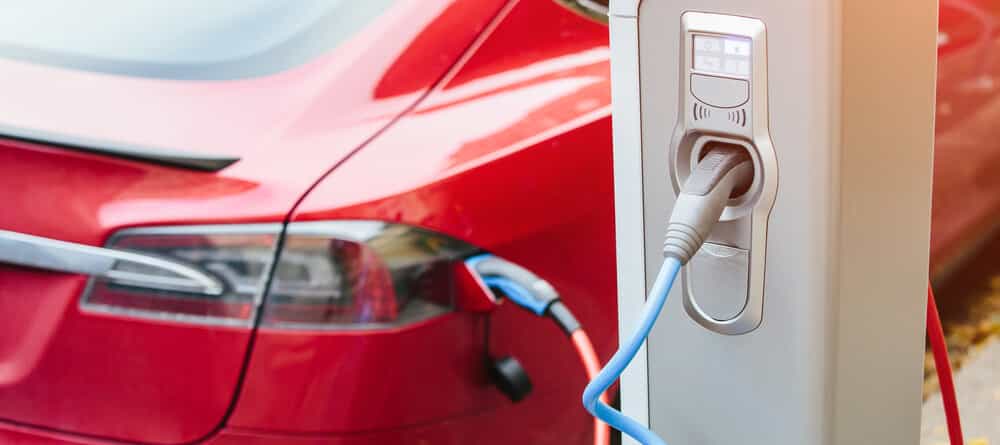
As proprietary stations, the Tesla Supercharger network was designed and executed by the manufacturer. With this system, Tesla doesn’t rely on a third-party network like the majority of automakers do. With that said, there are some public chargers that provide a Tesla adapter plug for convenience.
As a Level 3 charger, alternating current is abandoned so direct current can be used. This configuration requires a lot of power off of the grid. In fact, it needs more than 480 volts and over 100 amps. However, the output is phenomenal.
With a Supercharger, you can expect to receive about 200 miles of range in as little as 15 minutes. However, the results vary based upon the rate of charge. In general, the DC speeds are between 90 and 250 kW, based on where you are.
The best part about using the Tesla Supercharger is that you can easily find the nearest location right from your vehicle’s app or within your car. Not only will the system tell you where there are local stations, but it shows you how many stalls are currently available, and lists the actual output. With Tesla’s built-in trip planner, you can have the route changed based on where the Superchargers are located. It doesn’t get more convenient than that.
How Do I Know When My Tesla is Done Charging?
Tesla makes it simple to know when your vehicle has a full charge. Each model comes equipped with a system diagnostics that gives you the details on the battery’s charge. During charging, the system shows you how much is needed to get home, the amount of charge the battery has, and an estimate on how much longer charging will last.
There are also third-party platforms that can be added for more smart charging features. With some apps, you can set a charging schedule, monitor the charging, and get notifications about the progress.
When compared apples-to-apples, charging a Tesla EV costs far less than it would be to continue filling the gas-guzzling vehicle. As electric cars continue to hit the roads, it only makes sense to figure out the best way to charge a Tesla today.
Is charging a Tesla cheaper than gas?
Yes. It is generally much cheaper to fully charge a Tesla than to fill a car with gas. You can expect a total cost of $5-$20 to fully charge a Tesla battery, depending on the electricity cost. Electric cars are more efficient than gasoline cars, so you get more miles per dollar.
Can you plug a Tesla into a 220v outlet?
Yes. You can plug a Tesla into a 220v outlet. However, you will need to purchase an adapter in order to do so. Tesla sells the appropriate adapter on their website. The speed of charging will be reduced when using a 220v outlet as compared to a higher voltage outlet, but the car will still charge.
How much will my electric bill go up with a Tesla?
You can expect your electric bill to go up 3 to 6 cents per mile with a Tesla. However, it depends on a number of factors, including the size and model of Tesla you choose, your driving habits, and the electricity rates in your area.
Are Tesla Superchargers free?
Tesla Superchargers were originally free to use, and many people assumed that they would always be free. However, Tesla has since started charging for use of the Superchargers, and the price is now around $0.25 per kWh. While this is still significantly cheaper than gas, it’s not quite as good of a deal as it used to be.
Tags: Tesla
Categories: Electric, Electric Vehicles
